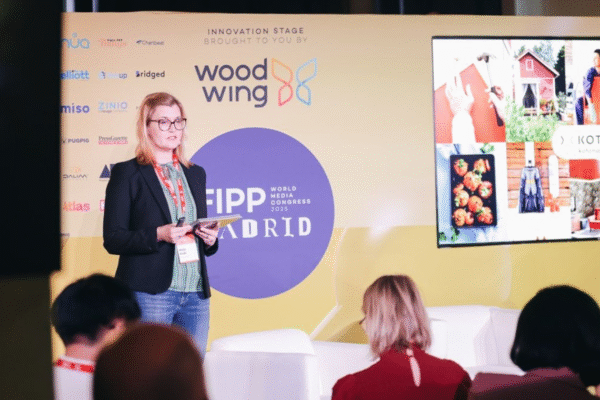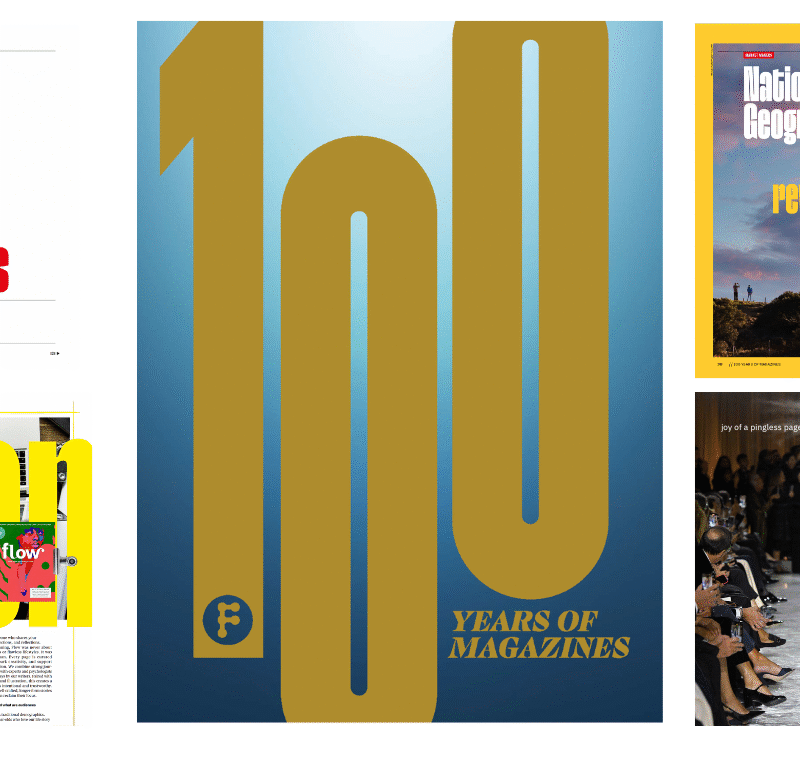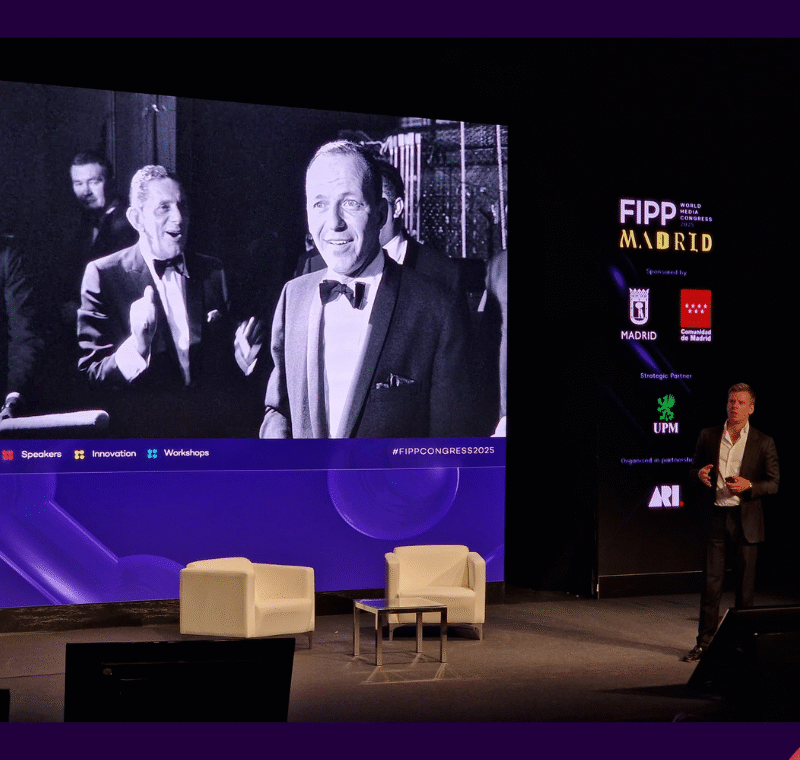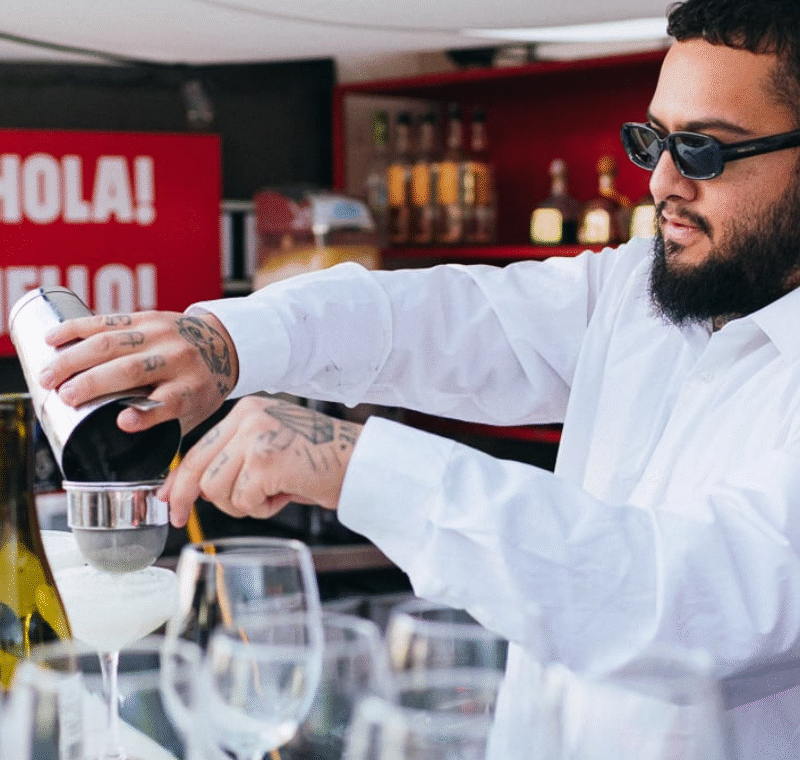From Helsinki to everywhere: Going global with AI-assisted translation
Launched by media group A-lehdet in January, Kotona is a joyous celebration of everything that’s good about Finnish lifestyle – taking readers inside real eco-homes and handing out lessons in how to repurpose old furniture or create a balcony garden. But, for all its lush content and visuals, Finland’s first global lifestyle platform had a limitation when it was first being put together – the Finnish language.
“In a country of only five million people, growth inevitably hits a ceiling,” Maija Koski, Director of New Business and Partnerships, A-lehdet, told delegates at this year’s FIPP World Media Congress.
“So, we asked ourselves: What if our audience could be the entire English-speaking world? We’ve long known that there’s strong global interest in Finnish lifestyle, aesthetics, and design, but for years translating our content wasn’t a sustainable business model.
“In many ways, we’ve been confined by our small language area until AI changed the game.”
Changing the game involved working with the University of Helsinki translation department, carrying out a year of research and development to explore how generative AI handles translation quality and speed.
“We shared a passion for storytelling with them, and yes, a bit of anxiety about AI negating our text,” Koski recalled. “Together, we studied generative AI performs with different types of journalistic texts, and looking at how much time it actually takes in the real publishing process.”
A-lehdet carried out keyword research, identifying internationally relevant and competitive content areas. Next, AI-assisted translation tools were integrated into the media group’s publishing system. Yet years before developing this technology, the company had already explored global interest in Nordic lifestyle content on Instagram.
“The most intensive research phase lasted about four months, and that knowledge began the foundation of the last international version,” said Koski. “In the final stage, translation students trained the AI and validated translations for quality.
“Once the site launched, we hired a dedicated producer, who is a translation professional, to lead the process together with our Finnish team.”
For the publisher it was important that AI not only translated the words, but captured the spirit behind them.
“AI can translate words – that’s the easy part,” said Koski. “But translation is so much more than words. It’s storytelling, it’s nuance, it’s playfulness and culture. The feeling you get when you step into someone’s house or home. We wanted all of that, not just the language, to translate.”
Kotona’s custom-built tool moves each Finnish article from to the English site. Every element, from the headline to captions, moves as its own block.
“We’ve learned that a smaller text box produces better results,” said Koski. “The producer hits translate, then AI generates a craft text, and then an edited version.
“After that, the human editor polishes the tone, clarity and context. At the same time, prompts are continually fine-tuned by the producer, making the tool smarter.”
According to Koski there have been growing pains, but nothing major. “AI is like a toddler sometimes – it gets some kind of tantrum. We just fix it.”
Using AI as a translation tool has thrown up a lot of valuable lessons. “Open innovations pay off and business models have to keep evolving,” said Koski. “And translation is about culture, not words.”
Koski warned that “the real test begins after launch” and that humans make the difference when it comes to using translation tools. She also advised delegates to be more single-minded.
“When it comes to something new, it makes sense to explore widely, but we’ve now reached a stage where we have to focus,” she said.
Koski reminded delegates that “today’s AI is the worst it’ll ever be.”
“When you build with AI that changes every few months, you must accept that it will soon be outdated,” she said. “But none of that effort is wasted.”







